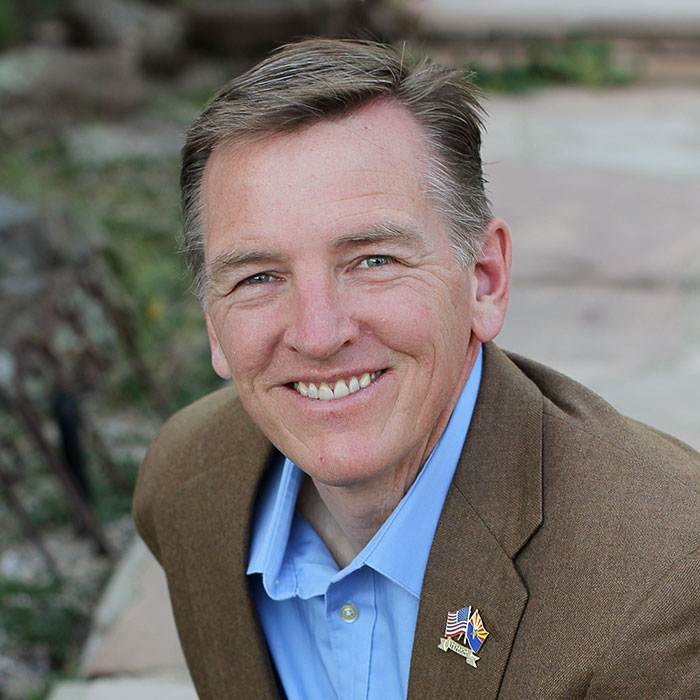|
Today, Chairman-elect of the Congressional Western Caucus, U.S. Congressman Paul A. Gosar, D.D.S. (AZ-04), released the following statement on the Bureau of Land Management’s (BLM) final Planning 2.0 rule:
“Once again, the Obama Administration believes that Washington knows best and continues to defy the principles of federalism. Subjugating Americans to another erroneous rule and more government red tape that strips away the authority and expertise of local land managers will not improve the planning process. BLM 2.0 is a bureaucratic nightmare that will kill jobs and create unnecessary permitting delays.
"In fact, this latest Obama regulation shortens the public comment period on draft Environmental Impact Statement amendments proposed by federal agencies, seeks to make it easier for federal agencies to implement President Obama's flawed mitigation memos and climate change executive orders, and adds several new steps to the beginning of the planning process that even the BLM admits will make the process slower.
"This fundamentally flawed regulation will impose costly and duplicative mandates on job creators and local communities. Local planning decisions should be made by the experts on the ground at the local level, not Washington bureaucrats. The Congressional Western Caucus will work with the Trump Administration, Republican leadership and local stakeholders to scrap misguided directives imposed by Obama’s political hacks during their waning days."
Ethan Lane, Executive Director of the Public Lands Council and National Cattlemen’s Beef Association federal lands stated: "This process radically alters federal land management planning and moves the agency away from its mandate to manage for multiple use on federal lands. We are continuing to review how much, if any, our input has been incorporated into the final plan, but regardless, we object to the Administration moving forward in the final days of the President’s term with this hastily-released regulation - particularly with one that will have such dramatic economic impact on western states...The BLM must scrap BLM 2.0 and go back to the drawing board, this time with real input from stakeholders across the West."
Background:
The full text of the BLM’s press release on the final Planning 2.0 rule can be found HERE.
The Bureau of Land Management, an agency of the U.S. Department of Interior, was tasked with managing roughly 10% of the nation’s land through the Federal Land Policy and Management Act (FLPMA) of 1976. As part of FLPMA, the BLM must develop and implement land use agreements with local partners. According to the nonpartisan Congressional Research Service, the BLM currently manages 247.3 million acres of public land and administers about 700 million acres of federal subsurface mineral estate throughout the nation.
(Information courtesy of the House Committee on Natural Resources)
The BLM published its proposed Resource Management Planning rule, part of its Planning 2.0 initiative, on February 25, 2016. According to BLM, the goals of the proposed rule were to: “(1) Improve the BLM’s ability to respond to social and environmental change in a timely manner; (2) provide meaningful opportunities for other Federal agencies, State and local governments, Indian tribes, and the public to be involved in the development of BLM resource management plans; and (3) improve the BLM’s ability to address landscape-scale resource issues and to apply landscape-scale management approaches.”
The proposed rule made a number of changes to the procedures BLM follows to prepare resource management plans (“RMPs”) and affected the ability of state and local governments to participate in the planning process. In the past, BLM has prepared most RMPs at the field office level, but the draft rule sought to dramatically shift planning away from local communities and to BLM headquarters in Washington, D.C., opening the door for special interests to have a greater effect on BLM’s planning process than those who live near and rely on public lands.
Many local and state governments are concerned that the changes in the Planning 2.0 rule may diminish local input and make it more difficult for counties, conservation districts, and other local authorities to be meaningfully involved in the land use planning process.
###
|
